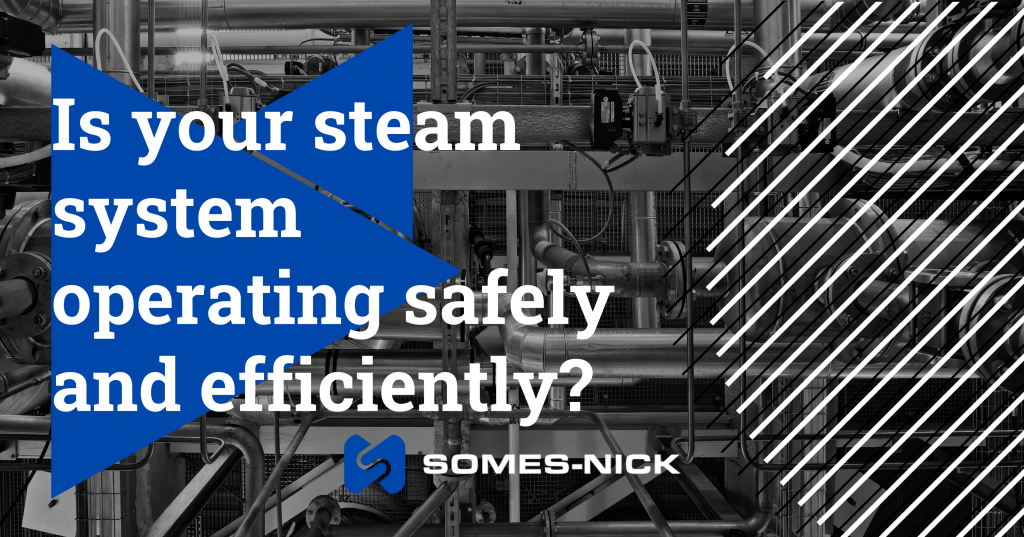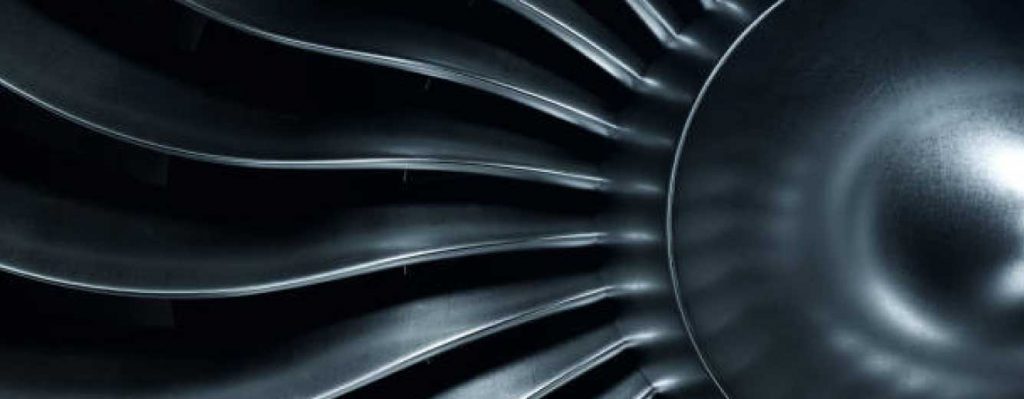10 Tips to Optimize Your Steam System

Steam systems are critical components of many industrial processes, providing energy for heating, powering turbines, and driving machinery. However, steam systems can also be a significant source of energy waste, with inefficient systems resulting in higher energy costs and reduced productivity. In this article, we’ll explore the importance of maintaining an efficient steam system, and we’ll provide 10 tips to help you optimize your system for improved efficiency.
The Importance of an Efficient Steam System
An efficient steam system can provide numerous benefits to your facility, including reduced energy costs, increased productivity, and improved safety. By optimizing your steam system, you can minimize energy waste, reduce downtime, and maximize your system’s lifespan. Additionally, a well-maintained and efficient steam system can help your facility meet regulatory requirements and improve its environmental footprint.
10 Tips to Optimize Your Steam System
- Conduct Regular Inspections: Regular inspections of your steam system can help you identify potential issues before they cause problems. Inspect your pipes, valves, and boilers for leaks, blockages, and signs of wear, and make repairs as necessary.
- Monitor Steam Pressure: Steam pressure that is too high or too low can impact your system’s efficiency and safety. Monitor your steam pressure regularly and adjust it as needed to ensure optimal performance.
- Install Insulation: Uninsulated pipes and valves can result in heat loss and decreased efficiency. Install insulation to help retain heat and improve energy efficiency.
- Use Energy-Efficient Equipment: Upgrading to energy-efficient boilers, pumps, and other equipment can reduce energy consumption and lower operating costs.
- Implement a Steam Trap Maintenance Program: Faulty or malfunctioning steam traps can waste energy and impact your system’s efficiency. Implement a steam trap maintenance program to ensure that your traps are working properly.
- Reduce Steam Losses: Steam losses can occur due to leaks, inadequate insulation, and other issues. Implement measures to reduce steam losses, such as repairing leaks and installing insulation.
- Optimize Boiler Operation: Proper boiler operation can help maximize energy efficiency and reduce fuel consumption. Monitor and adjust boiler combustion, feedwater temperature, and blowdown rates to optimize efficiency.
- Use Condensate Recovery: Recovering and reusing condensate can help reduce energy waste and improve efficiency. Implement a condensate recovery system to capture and reuse condensate.
- Monitor Water Quality: Poor water quality can lead to corrosion and other issues that can impact your system’s efficiency and safety. Monitor water quality regularly and take measures to improve it if necessary.
- Conduct Regular Audits: Conduct regular audits of your steam system to identify areas for improvement and ensure that your system is operating as intended.
Conclusion
Optimizing your steam system is essential for energy efficiency and cost savings. By following the ten tips outlined in this article, you can improve your system’s performance, reduce energy costs, and increase productivity. Regular maintenance, monitoring, and optimization are critical components of a successful steam system optimization program. By investing in your steam system, you can achieve significant cost savings and improve your overall business operations.
For more steam system tips, please go to www.somes-nick.com/multimedia-resources/. For more information on the types of steam boiler room equipment, please visit www.hurstboiler.com

